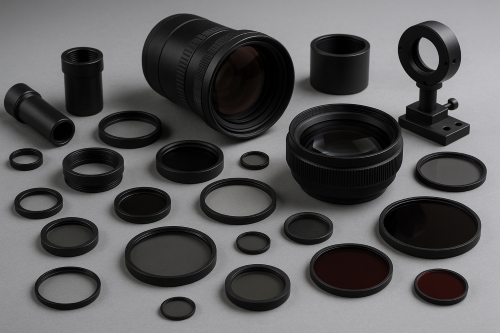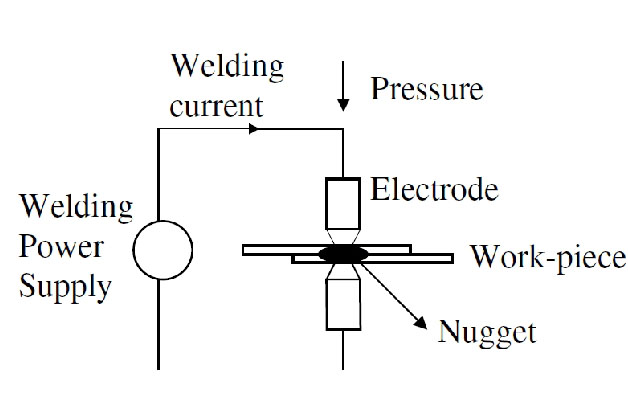What Is A Planetary Ball Mill? Understanding the Basics
Introduction
Planetary ball mills are a common tool within both laboratories and workshops, used to mill ingredients, grind, and reduce particle sizes. They serve as mechanical workhorses in a wide range of research and industrial settings. The basic concept is straightforward: a ball mill consists of a reservoir with balls inside it. As the container rotates, the balls roll against its interior and the material inside, grinding it down into a finer particle size. Scientists and engineers mill samples with these in preparation when they need something that is a uniform, fine powder.
The idea behind planetary ball mills is a long-standing concept. To this day, they have gained application in various areas. Their design has a long history, and they remain useful because of their efficiency and ease of operation.
How Planetary Ball Mills Work
A planetary ball mill works by rotating containers that hold the material to be milled and a number of small balls. As the container rotates around its own axis and around a central axis, the balls inside move with significant force. Their motion causes repeated impacts that blend the material and break down its particles.
The process is simple. First, the material is placed inside the container. Next, the container is sealed and attached to the machine. Once the machine is started, the containers begin spinning at high speed. The centrifugal force causes the balls and the material to move. This centrifugal force is substantial since the container makes rapid rotations. The balls collide with one another and the walls of the container. This continuous hitting results in size reduction and fine mixing.
One important point is that in a planetary ball mill, the energy is high. Therefore, even hard materials can be ground into very fine powders. This leads to a homogeneous mixture ready for further usage, either for experiments or product development.
Major Components of the Planetary Ball Mill
There are several key parts to a planetary ball mill. Each part plays a role in ensuring that the milling is effective and safe.
1. The Chamber: This is the container where the material and balls are placed. The chamber is specially designed to support high speeds and impacts. It is usually constructed from hardened steel or ceramic. This guarantees that it can withstand the repeated impacts.
2. Grinding Balls: These are small, solid spheres made from materials such as hardened steel, tungsten carbide, or ceramic. The choice of ball material depends on what is being ground and the level of contamination allowed. For example, a laboratory dealing with chemical compounds might opt for ceramic balls.
3. Motor: This part supplies power to the mill. It rotates the chamber at very high speeds. This varies in power based on the size and capacity of the mill.
4. Speed Control System: This allows the operator to control the speed at which the chamber rotates; some experiments require slow speeds, while others need fast rotations.
5. Safety Features: New mills are designed with safety features to avoid accidents. Interlock systems ensure that the machine does not operate unless the container is properly locked in place.
Understanding these components assists in safe and effective operation. Each of the elements is designed to withstand the harsh conditions occurring during milling.
Advantages of Planetary Ball Mills
Planetary ball mills have numerous advantages. They are renowned for their effectiveness in yielding quality and consistent results. Among the benefits are:
l High Energy Input: The design of the planetary ball mill means that there is a high degree of force during the milling process. This is especially useful in producing fine powders from hard materials.
l Uniform particle size: The repeated impacts ensure a uniform mix and particle size. This is essential for research and product development where consistency is required.
l Efficiency: The design allows for rapid milling. Small samples can be ground in a matter of minutes.
l Versatility: These mills find applications in numerous areas, including the grinding of ceramics, metals, minerals, and even biological materials. Their ability to handle a variety of materials provides a wide range of uses.
l Easy to operate: Modern controls make the machine easy to use; operators only need to set the desired speed and milling time.
These qualities make planetary ball mills a tool of choice in workshops and laboratories for various tasks.
Applications of Planetary Ball Mills
Different planetary ball mills are used in many areas, finding practical applications in nearly all scientific and industrial sectors.
They are also used in chemistry laboratories for the preparation of compounds and powders. For example, nano-scale powders for catalysts and other advanced materials are produced by researchers using these mills. In many experiments, uniform particle size is necessary to achieve accurate results.
In materials science, these mills aid in the preparation of metal alloys and ceramics. The process helps to mix alloys thoroughly before further treatment. Engineers utilise this process in projects such as coatings and composite materials.
Geologists grind rock samples into fine powder, which assists in mineral analysis and the study of mineral properties. Fine grinding is required to understand the composition of natural materials.
Some engineering projects employ planetary ball mills to work on high-temperature ceramics. The mill facilitates the mixing of substances that resist wear and heat; such work is often a step towards producing materials for high-stress applications.
Examples include pigment and paint manufacture, where a fine grind can ensure colour stability and smoothness of the finished product surface. The process is similarly applied in the manufacture of pharmaceuticals, where uniform particle size can be crucial for proper mixing and reaction rates.
Advantages over Other Milling Methods
Other methods of milling do exist, but planetary ball mills have evident strengths.
One strong point is the high impact energy. Other mills use either simple rotation or shaking. A planetary ball mill combines rotations in different directions. This dual movement leads to better mixing and finer grinds.
Another advantage is the time taken to achieve the required fineness. Some methods take hours to accomplish what a planetary ball mill can do in much less time. This reduces energy consumption, making the entire process more cost-effective.
The planetary ball mill has minimal room for contamination. Closed chambers and high-quality balls ensure that unwanted materials do not mix with the sample. This aspect is crucial during research and manufacturing where purity is necessary.
The ease of operation and control is also significant: operators can swiftly switch to another setting or quickly stop the machine if necessary. This approach favours technicians and researchers alike.
Conclusion
Planetary ball mills are some of the most straightforward and effective grinding devices. High energy impact coupled with uniform particle size, these kinds of mills are in great demand in many laboratories and industries. Their safety features and ease of operation remain essential attributes. For more information, please check Stanford Advanced Materials (SAM).
Frequently Asked Questions
Why use a planetary ball mill in laboratories?
They provide high energy, uniform mixing, and speed. These features produce fine, consistent powders.
What kind of materials work best with a planetary ball mill?
Suitable materials include ceramics, metals, minerals, and some organic compounds.
How do planetary ball mills compare with other mills?
They provide higher impact energy, faster processing, and better control over particle uniformity.
Reference:
[1] Lu, Yun & Guan, Sujun & Hao, Liang & Yoshida, Hideo. (2015). Review on the Photocatalyst Coatings of TiO2: Fabrication by Mechanical Coating Technique and Its Application. Coatings. 5. 425-464. 10.3390/coatings5030425.

 Bars
Bars
 Beads & Spheres
Beads & Spheres
 Bolts & Nuts
Bolts & Nuts
 Crucibles
Crucibles
 Discs
Discs
 Fibers & Fabrics
Fibers & Fabrics
 Films
Films
 Flake
Flake
 Foams
Foams
 Foil
Foil
 Granules
Granules
 Honeycombs
Honeycombs
 Ink
Ink
 Laminate
Laminate
 Lumps
Lumps
 Meshes
Meshes
 Metallised Film
Metallised Film
 Plate
Plate
 Powders
Powders
 Rod
Rod
 Sheets
Sheets
 Single Crystals
Single Crystals
 Sputtering Target
Sputtering Target
 Tubes
Tubes
 Washer
Washer
 Wires
Wires
 Converters & Calculators
Converters & Calculators
 Write for Us
Write for Us

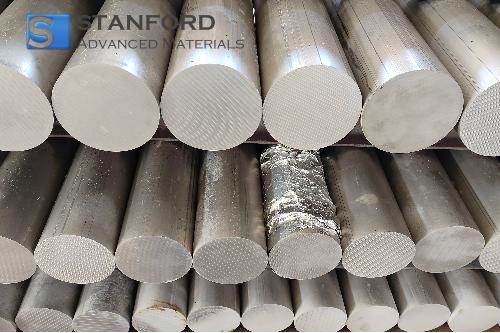
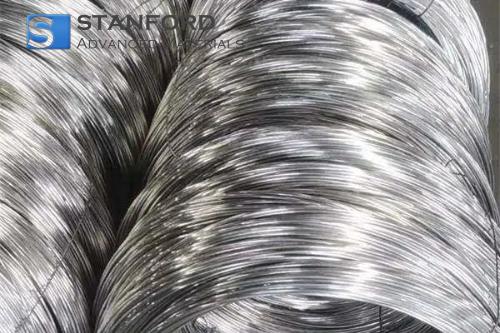
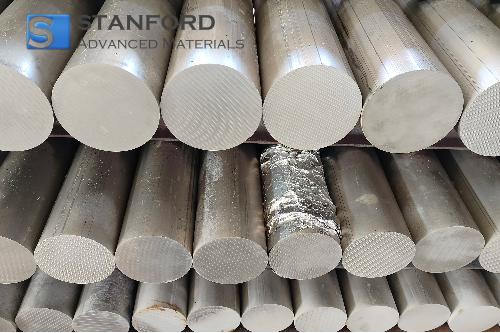
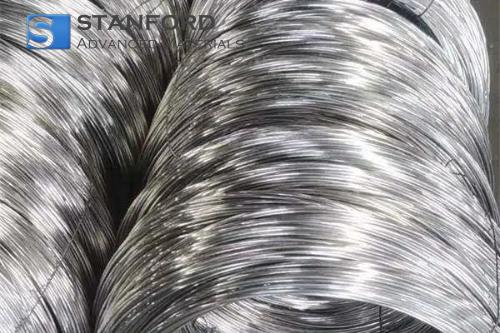
 Dr. Samuel R. Matthews
Dr. Samuel R. Matthews

